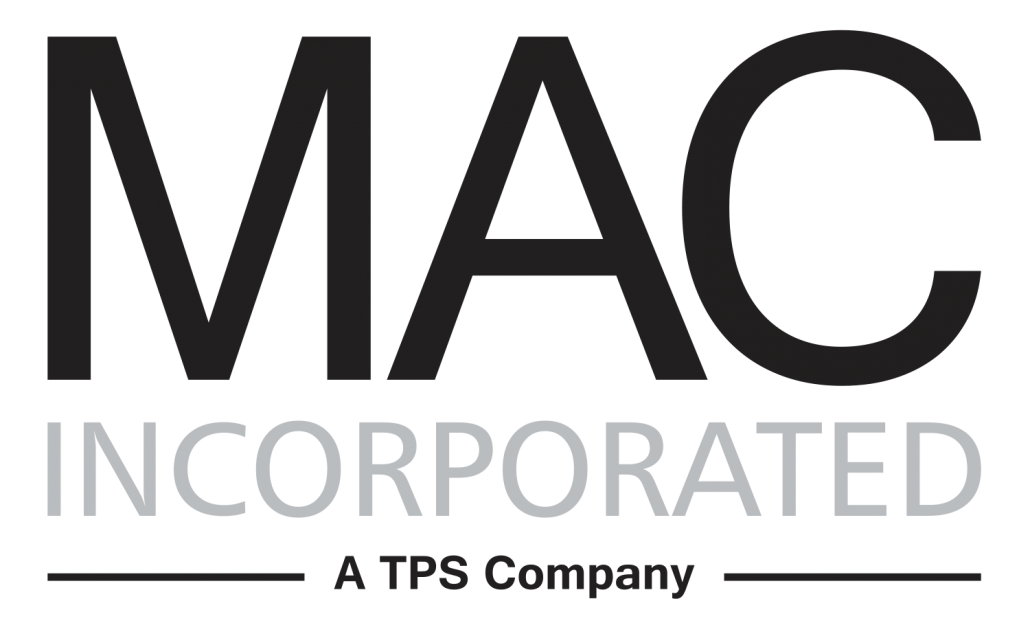What are the OSHA Regulations on Powered Industrial Trucks?
To reduce workplace injuries, the Occupational Health and Safety Administration has safety requirements for the design, maintenance, and use of fork trucks, tractors, platform lift trucks, motorized hard trucks, and all other specialized industrial trucks powered by electric motors or internal combustion engines. The regulations in 1910.178 of the OSHA Standards do not apply to farm vehicles, or to vehicles intended primarily for earth moving or over-the-road hauling. Below we’ll walk you through the most important regulations you need to take note of.
General Requirements.
Under the OSHA all new powered industrial trucks used by an employer must meet the design requirements established in the American National Standard for Powered Industrial Trucks, Part II, ANSI B56.1-1969. All approved trucks should have an identifying mark indicating approval by a nationally recognized testing laboratory. Modifications which affect capacity and safe operation shall not be performed by the user without the manufacturers written approval.
If the truck has front-end attachments other than those that were factory installed, the user must request that the truck be marked to identify the attachments. The user should see that all nameplates and marking are maintained in a legible condition.
Under these regulations of the OSHA there are eleven different designations of industrial trucks or tractors. The classifications are: D, DS, DY, E, ES, EE, EX, G, GS, LP, and LPS. To learn more about each class of vehicle visit osha.gov.
Designated locations for use.
Power-operated industrial trucks should not be used in any atmosphere containing hazardous concentration of acetylene, butadiene, ethylene oxide, hydrogen, acetaldehyde, cyclopropane, diethyl ether, ethylene, isoprene, or UDMH.
Areas containing hazardous concentrations of metal dust, including aluminum, magnesium, and their commercial alloys, other metals of similarly hazardous characteristics, carbon black, coal or coke dust should also be avoided, except approved power-operated industrial trucks designated as EX may be used in such atmospheres.
Power-operated industrial trucks designated as DY, EE, or EX may be used in locations where volatile flammable liquids or flammable gases are handled, processed or used, but in which the hazardous liquids, vapors or gases will normally be confined within closed containers or closed systems from which they can escape only in case of accidental rupture or breakdown of such containers or systems, or in the case of abnormal operation of equipment.
On piers and wharves handling general cargo, any approved power-operated industrial truck designated as Type D, E, G, or LP may be used, or trucks which conform to the requirements for these types may be used.
Safety guards.
According to the OSHA, high lift rider trucks must be fitted with an overhead guard manufactured within OSHA guidelines unless operating conditions do not permit. If the type of load they carry presents a hazard, the user should equip fork trucks with a vertical load backrest extension.
Where lighting is less than 2 lumens per square foot, auxiliary directional lighting must be present on the truck.
Training.
Prior to permitting an employee to operate a powered industrial truck (except for training purposes), the employer shall ensure that each operator has successfully completed the required training. Training must consist of a combination of formal instruction, demonstration, and evaluation of the operator’s performance in the workplace. The training should only be conducted by a person who has the knowledge, training, and experience to train powered industrial truck operators.
After the employee completes the training, the employer should certify that each operator has been trained and evaluated as required by OSHA. The certification should include the name of the operator, date of training, date of evaluation, and the identity of the person performing the training evaluation.
Because powered industrial trucks can be dangerous if not operated properly, the OSHA has many rules and regulations detailing all the way down to how the machine can and cannot be operated. For more information visit OSHA 1910.178.
As a niche-based recruiting firm specializing in engineering, maintenance, and operations management, we at MAC Incorporated we value the safety and health of our employees and partners. To stay up to date on the latest OSHA regulations, check out the workplace safety section of our blog regularly.

